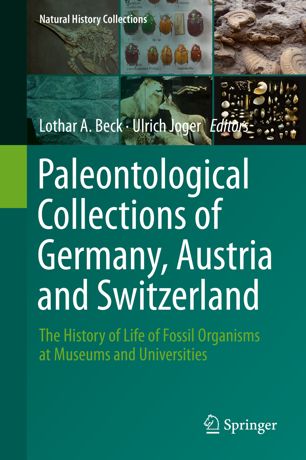

Most ebook files are in PDF format, so you can easily read them using various software such as Foxit Reader or directly on the Google Chrome browser.
Some ebook files are released by publishers in other formats such as .awz, .mobi, .epub, .fb2, etc. You may need to install specific software to read these formats on mobile/PC, such as Calibre.
Please read the tutorial at this link: https://ebookbell.com/faq
We offer FREE conversion to the popular formats you request; however, this may take some time. Therefore, right after payment, please email us, and we will try to provide the service as quickly as possible.
For some exceptional file formats or broken links (if any), please refrain from opening any disputes. Instead, email us first, and we will try to assist within a maximum of 6 hours.
EbookBell Team

4.7
86 reviewsThis book is devoted to 250 years of collecting, organizing and preserving paleontological specimens by generations of scientists. Paleontological collections are a huge resource for modern research and should be available for national and international scientists and institutions, as well as prospective public and private customers. These collections are an important part of the scientific enterprise, supporting research, public education, and the documentation of past biodiversity. Much of what we are beginning to understand about our world, we owe to the collection, preservation, and ongoing study of natural specimens. Properly preserved collections of fossil marine or terrestrial plants and animals are archives of Earth's history and vital to our ability to learn about our place in its future.
The approach employed by the editors involves not only an introduction to the paleontological collections in general, but also information on the international and national collection networks. Particular attention is given to new exhibition concepts and approaches of sorting, preserving and researching in paleontological collections and also their neglect and/or threat. In addition, the book provides information on all big public museums, on important state museums and regional Museums, and also on university collections.
This is a highly informative and carefully presented book, providing scientific insight for readers with an interest in fossil record, biodiversity, taxonomy, or evolution, as well as natural history collections at large.